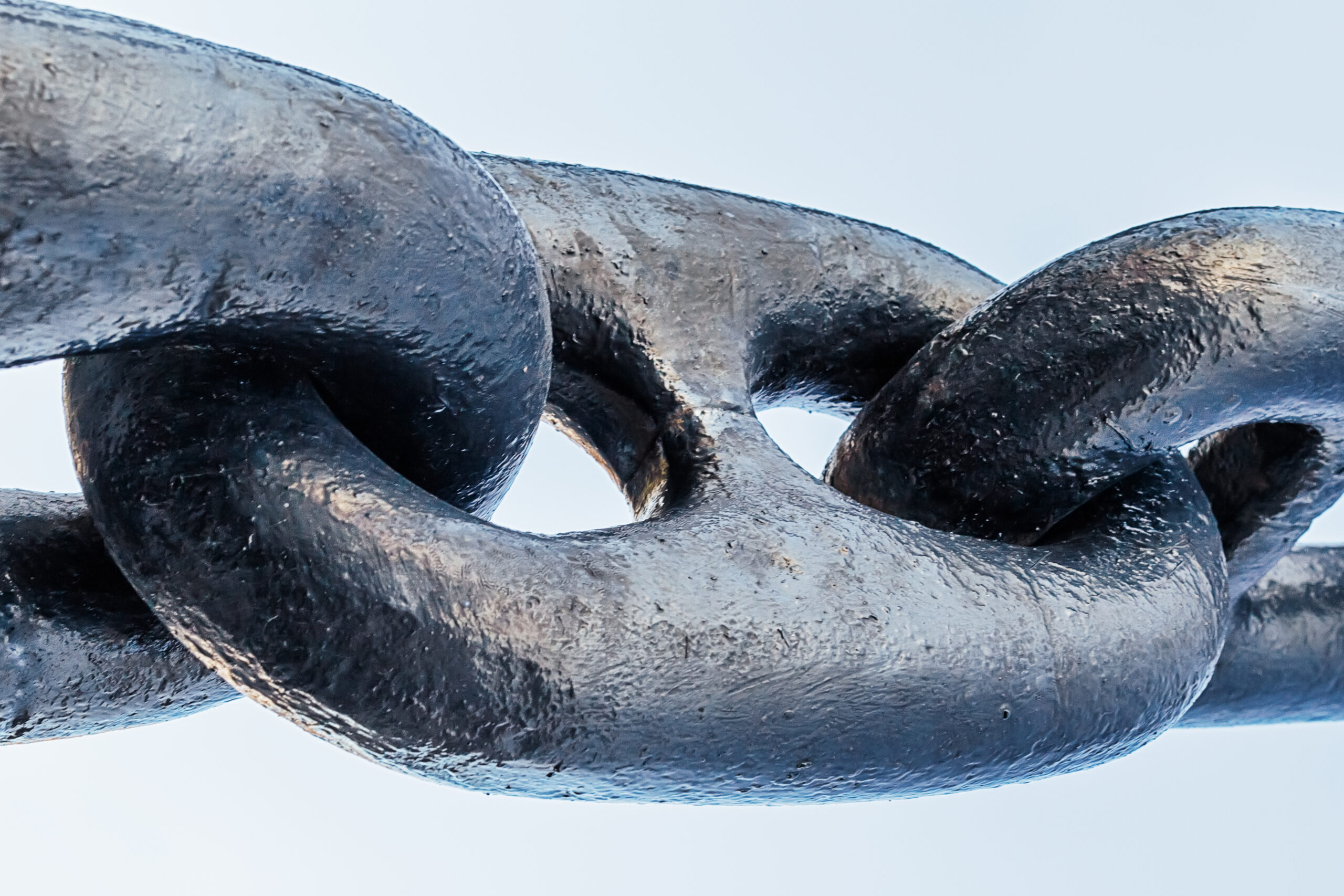
Clean Maritime Research Hub Seminars
UK MaRes Hub policy fellow, Dr. Claire Copeland, has organised a series of seminars to share knowledge and information with policymakers.
The seminar series consisted of a range of presentations over three months, covering hub topics of :
- Advances in scale up of marine fuels, and their safe use
Presentations delivered included:
1. Crack, Reform, Recover: Optimising alternative marine fuels
Presented by: Professor Athanasios Tsolakis, Birmingham University
Summary: Exhaust gas fuel reforming is a process that uses the heat from engine exhaust to help break down fuel or ammonia into a hydrogen-rich gas. This gas burns better than regular fuel, which makes engines more efficient and cleaner. In engines that run on ammonia, this process also helps burn the ammonia more effectively and reduces emissions of any unspent ammonia from
the exhaust (i.e. ammonia slip).
This seminar provided an overview of:
- Ammonia cracking with heat recovery
- Exhaust gas fuel reforming
- Case studies of catalytic reactors
- Engine performance and emissions
- Environmental catalysis
2. Out of the tank into the air: Ammonia dispersion
Presented by: Professor Vladimir Molkov, Ulster University
Summary: There are complex changes that occur when liquid ammonia is released from a pressurised storage tank. These changes occur not only for the released ammonia but also the conditions in the storage tank.
During release from a pressurised tank, liquid ammonia boils due to pressure drop and becomes a gas. Toxic gaseous ammonia is easily dispersed in the atmosphere. The hazard distance depends on a wind conditions. Understanding the complex underlying physical phenomena, including dispersion in meandering wind, is important for inherently safer use of ammonia as a fuel.
This seminar provided an overview of the numerical experiments performed using a contemporary tool developed by Prof. Molkov and his team to understand the phenomenon and validate against large-scale experiments performed by INERIS in France.
It was found that the model was able to reliably predict:
- The amount of released ammonia,
- It’s concentration at different distances in realistic wind conditions
- The resulting final pressure in the tank.
The model is able to define hazard distance (both flammability and toxicity) through dispersion. The model can be used as a contemporary tool for safety engineering, hazards and associated
risk assessment, and developing tank management safety strategies for liquid ammonia storage. The model will be further validated against the bunkering and debunkering of ammonia
experimental data when it becomes available.
3. Using AI to improve port operation efficiency
Presented by: Professor Ying Xie, Cranfield University
Summary: Persistent bottlenecks at ports have significantly disrupted global supply chains, necessitating more efficient seaport operations to address yard density and port congestion. An untapped but potentially critical approach to mitigating these challenges is to leverage container characteristics, road traffic data and machine learning to optimise container storage strategy
and ferry scheduling.
An empirical study conducted at a container seaport shows that our framework yields cost savings ranging from c.15-30% compared to the Business-as-Usual scenario. Additionally, the road traffic prediction for ferries yields an accuracy of over 75%.
4. Port Decarbonisation: Emissions, measures and studies
Presented by: Professor Dongping Song, Liverpool University
Summary: Professor Song presented the emission sources at seaports and categorised them based on criteria such as geographic location and emission scope. Subsequently, he discussed emission reduction measures at seaports, organizing them into six structured categories:
- Operational measures
- Technical measures
- Fuel and energy measures
- Infrastructural measures
- Digitalization measures
- Policy and collaboration measures
A time-phased roadmap outlining mitigation strategies for port decarbonization on the path to net zero was presented, concluding with an overview of several case studies that demonstrate the application of specific emission reduction measures.
5. Wind-assisted ship propulsion: Status, challenges and the future
Presented by: Dr Jean-Baptiste Souppez, Aston University
Summary: Maritime transportation accounts for 90% of the world’s trade and is responsible for 3% of global energy-related carbon dioxide emissions. With ever-more stringent emission regulations, such as that of the International Maritime Organisation (IMO), there is a vital and urgent need to decarbonise shipping.
While operational measures and alternative fuels are proving suitable short-term solutions to meet these novel regulatory constraints, as the use of fossil fuels tapers off, wind-assisted ship
propulsion has emerged as a long-term solution, with a range of technologies available. These include soft sails, rigid wings, rotors, kites and many more.
This talk presented the state of the art in wind-assisted ship propulsion, including technologies, emission reduction potential, current and future vessels, and related research, such as routing algorithms. Further, the recent developments, challenges and future perspectives were discussed to provide a holistic view of wind-assisted ship propulsion.